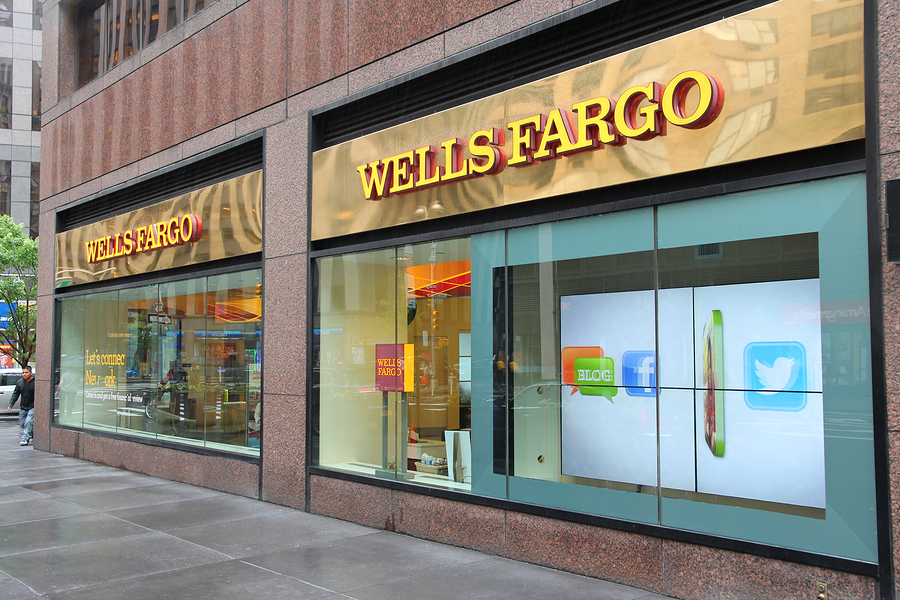 Non-bank lenders are playing increasingly important roles in mortgages.
Non-bank lenders are playing increasingly important roles in mortgages.
Photo Credit: Erik Drost via Flickr cc
Consumers who wanted to get a mortgage before the financial debacle hit the nation back in 2008, were likely to head over to the bank for the loan.
But there appears to be a huge shift happening in the world of mortgage lending. An increasing number of big banks are shrinking their mortgage product offerings as more and more non-bank lenders take market share and are playing a larger role in providing home loans for the average consumer.
According to Kroll Bond Rating Agency, the top four commercial banks in the US will either cut down or completely depart from residential mortgage originations and servicing. In fact, more mortgage loans are being provided by non-banks compared to traditional banks these days.
Recent data from the Mortgage Bankers Association backs this notion up:
Banks originated 52 percent of all mortgages in 2014, down from 74 percent in 2007.
JPMorgan Chase's mortgage lending activity shrunk to $22.5 billion in Q4 2015, down from $51.2 in the fourth quarter of 2012. At the same time,
Wells Fargo lent $47 billion in mortgages in the last quarter of 2015, down from $125 billion in Q4 2012.
The mass exodus of banks from the residential loan market shouldn't come as a surprise, given the increasingly stringent regulatory environment and high fines they've been subjected to over the past eight years. And with an extended low-interest period eating away at profit margins, perhaps banks are more content to leave these types of loans to their non-bank lending counterparts.
While the economy is slowly improving and the labor market is strengthening, banks might still be having a tough time getting over the stigma attached to the over-leveraging, debt-laden consumer of yesteryear. And although consumers are becoming more diligent at paying down debt, the perceived negative spending and saving nature of consumers has left a bad taste in the mouth of many conventional bankers, prompting them to place more focus on their commercial loan assets.
Before the economic recession, banks had a much easier time providing much
riskier loans to equally risky consumers. And such a scenario played a key role to the financial downturn. Since then, the government has taken over the reigns, tightening the noose when it comes to what is and is not considered to be a qualified mortgage for banks to provide to their consumer base.
New rules such as the
Dodd-Frank have essentially placed a credit lockdown on borrowers, and made it mandatory for lenders to do all they need to do - including spending more money - to verify whether or not a borrower is able to repay a mortgage.
These days, banks are no longer in the business of providing low-quality mortgage products to borrowers without stellar credit or flawless financials. Instead, they're more apt to sticking to loans that serve high-quality borrowers who have a near-zero chance of default.
 Commercial banks are expected to downsize their mortgage assets, or exit entirely from originating and servicing mortgage loans.
Commercial banks are expected to downsize their mortgage assets, or exit entirely from originating and servicing mortgage loans.
The servicing costs and mortgage origination fees have done nothing but increase since 2008, while lending volumes have shrunk to $1.5 trillion in 2015 - that's not even half of the volume experienced in the mid-2000s. Such an equation mounts to measly returns that quite frankly aren't worth it to the average US bank. This fact alone is what is enticing banks to simply bail on the mortgage lending market altogether.
As Banks Exit the Mortgage Industry, Non-Bank Lenders Take Over
As more commercial banks in the US depart from the residential loan sector, non-bank lenders are ready to fill the void. Firms like On Deck and Quicken Loans continue to increase and strengthen their role in the world of mortgage lending, and are going so far as to diversify their assets to include loan products such as home equity lines of credit.
These non-bank lenders have grown so much that they are now responsible for providing over 4 in 10 home loans. These innovative alternative lenders are becoming increasingly capable of offering loans thanks to the fact that more and more institutional investors are pouring funds into their businesses.
They're also capable of loaning out to riskier borrowers who otherwise would fail to be approved for a loan from a conventional bank. In fact, non-bank lenders are taking over the riskier segment of the housing market, including loans insured by the Federal Housing Administration (FHA) that are designed for buyers with less-than-stellar credit. These lenders
currently control 64 percent of the loan market for FHA loans, up from 18 percent in 2010.
We've already seen rapid and dramatic changes on the lending front over the recent past, leaving 2016 and beyond to undoubtedly experience continued change. The significant regulatory modifications that banks have been put through since 2008 have completely transformed the lending platform, opening up new avenues for non-bank lenders to play their part in lending to the average consumer.
Diversifying Your Loan Portfolio During These Evolving Times
At Garnet Capital, we understand the magnitude of the challenges faced by banks and credit unions across the country, as well as alternative lenders who often operate with less leverage compared to traditional banks.
With our experience in the lending market, we can help your institution diversify its loan portfolio to include revenue-boosting assets while weaning out profit-shrinking ones.
Register for our online portfolio sale system to discover more about Garnet Capital's hand in optimizing loan portfolios.






